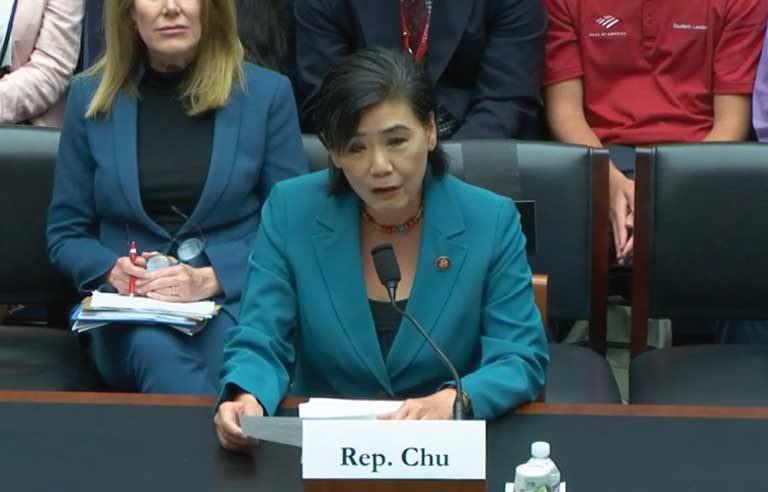Debate over heat stress bill goes before House subcommittee

Washington — Questions over how to protect workers from heat-related illnesses took center stage during a July 11 hearing convened by the House Workforce Protections Subcommittee.
Much of the discussion focused on H.R. 3668, introduced July 10 by Rep. Judy Chu (D-CA). The bill would direct OSHA to create, within 42 months, a final standard that mandates workers in high-heat environments – indoors or outdoors – have paid breaks in cool spaces, access to water and limited exposure to heat. It also would require employers to educate workers on risk factors and procedures for responding to symptoms of heat-related illnesses.
California, Minnesota, Washington state and the U.S. military have adopted their own heat protection standards.
“Extending those protections to all workers should be common sense,” Chu said in a July 11 press release. “Passage of this bill will ensure that all workers benefit from safe conditions whenever they work in excessive heat environments, no matter where they live.”
The Republicans on the subcommittee, including Rep. Bradley Byrne (R-AL), expressed concerns about a one-size-fits-all approach to preventing heat-related illnesses, given the varied climates across the country. They also touted the use of OSHA’s General Duty Clause. The clause, however, requires the agency to check off each part of a four-part test before citing an employer:
- The employer failed to keep the workplace free of a hazard to which its employees were exposed.
- The hazard was recognized.
- The hazard was causing or was likely to cause death or physical harm.
- A feasible and useful method to correct the hazard was available.
Subcommittee Chair Rep. Alma Adams (D-NC) pointed to the Occupational Safety and Health Review Commission’s decision in February regarding A.H. Sturgill Roofing Co. In that case, a 60-year-old roofing worker’s death resulted from complications from heatstroke in August 2012. The commission ruled that the heat index that day didn’t reach the “caution” level on the National Weather Service’s heat advisory chart. It concluded OSHA “failed to demonstrate that the work was strenuous or that the workers were exposed to heat index values within any of the NWS warning levels for a ‘prolonged’ period of time.”
Bryan Little, director of labor affairs for the California Farm Bureau Federation, called for a collaborative approach between OSHA and employers.
“We hope the agency will benefit from what we learned in California in the creation and refining of our heat illness prevention standard,” Little said. “The law will be better if it’s simple, collaborative and flexible.”
Post a comment to this article
Safety+Health welcomes comments that promote respectful dialogue. Please stay on topic. Comments that contain personal attacks, profanity or abusive language – or those aggressively promoting products or services – will be removed. We reserve the right to determine which comments violate our comment policy. (Anonymous comments are welcome; merely skip the “name” field in the comment box. An email address is required but will not be included with your comment.)

